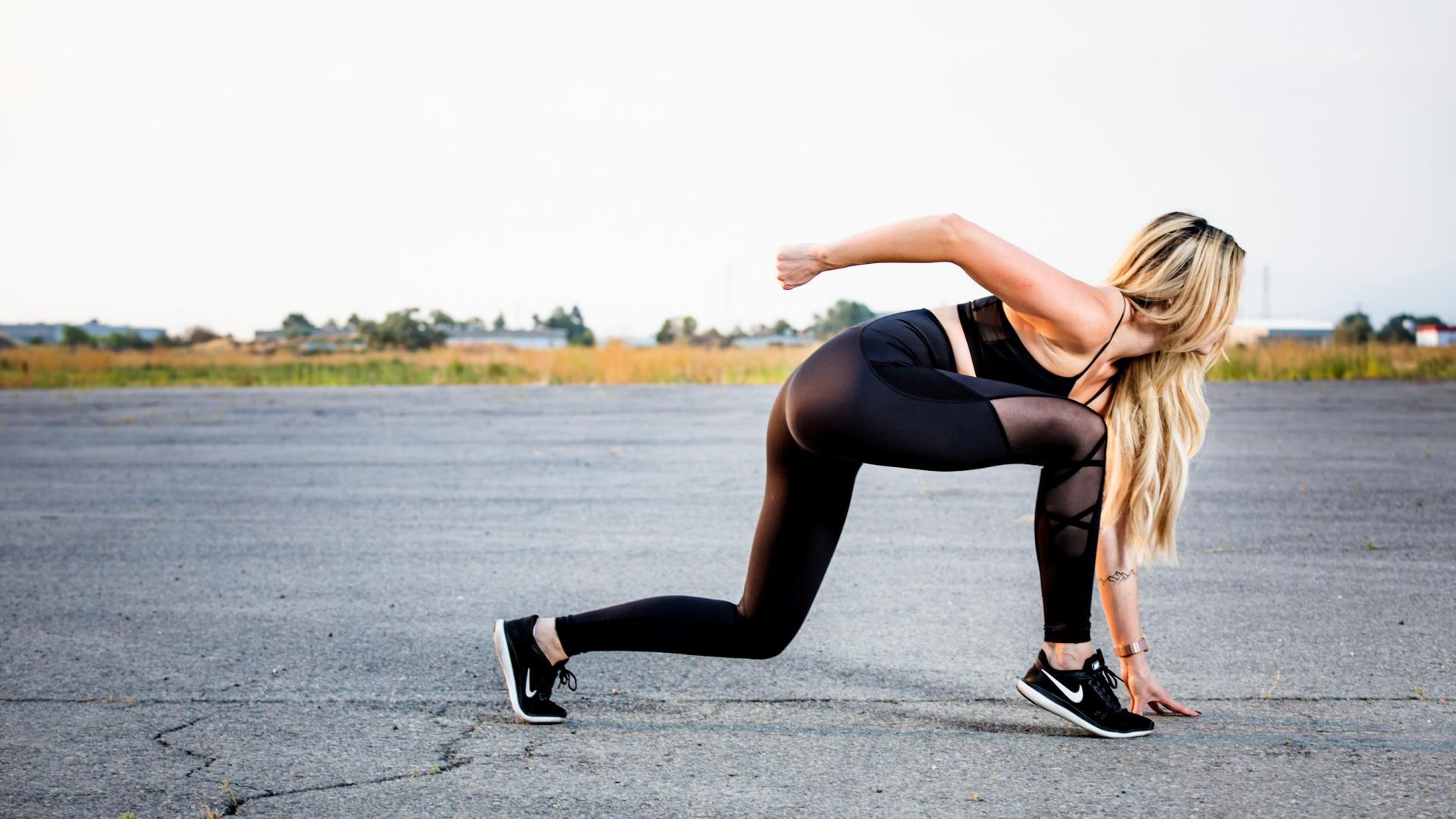The Downside To Cranking Through A Ton Of High-Impact Exercise When You’re Young

Unsplash/Cosmic Time Traveler
People tend to fall into two camps: those who loathe exercise and those who can’t live without it. The folks in the latter category know what it’s like to push themselves to their absolute maximums, feeling both pain and pride (but mostly pride) as they waddle out of the gym at the end of a sweat session. I’ll admit that I’m one of those people. And something we don’t think about enough is how all of this high-intensity effort can play out in our bodies down the line.
Now, I’m not suggesting (nor would I ever suggest) that we shouldn’t be engaging in tough, demanding workouts like high-intensity interval training on a semi-regular basis. In fact, two to three sessions a week that really challenge your muscular strength and endurance simultaneously will help you get fit faster than you realize. But for those of us who really enjoy these formats and challenges often find ourselves grinding away a lot more often than that. And that’s when we get into trouble.
In the immediate term, the risks are little more obvious — a turned ankle here and there, an overly sore shoulder from too many rushed pushups, a repetitive stress injury around the knee due to countless jump squats. But over time, seemingly minor injuries to muscles, ligaments and tendons are replaced by legitimate joint degradation. Because of the level of impact experienced so frequently, the cartilage (or the tissue that keeps the bones that meet at a joint from painfully rubbing together) begins to wear away, and all you’re left with is a lot of bone-on-bone friction. Ouch ouch ouch.

Unsplash/Spencer Dahl
Despite our best efforts, the human body isn’t a machine. It does (and will) degrade over time. But the rate at which your joints experience this kind of aging is highly dependent on the movements you choose. So even though we feel like we can conquer any athletic feat before hitting the wonderfully ripe age of 30, remember that all of your excessively high-impact activities can still catch up to you.
Learning how to create a sense of balance in your wellness routine when you’re young is one of the best defenses against early joint replacements and other procedures that will undoubtedly knock your mobility down a peg or two. So even though sprinting your heart out to the finish line and crushing a massive set of burpees makes you feel like the queen (or king) of the world, remember to tip the scales in the other direction with a little yoga or stretch therapy, too. No, it’s not as exciting, but yes, it’ll make all the difference a few decades from now.
RELATED
This Is The Ideal Amount Of Exercise For A Sharper Brain, According To Science
5 Exercises That Will Help You Ditch Your Bad Posture For Good
These Are The Best Types Of Exercise For Your Body Type











